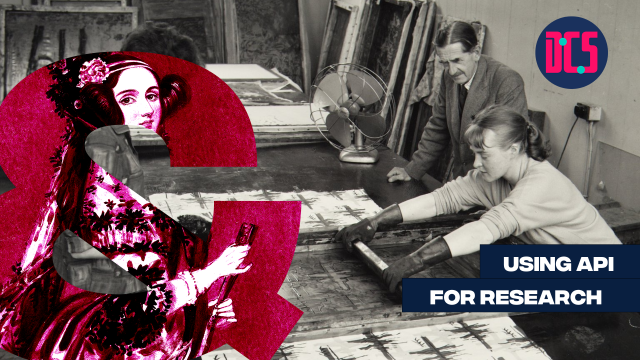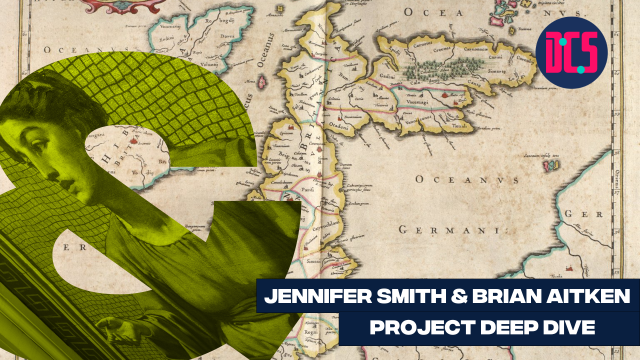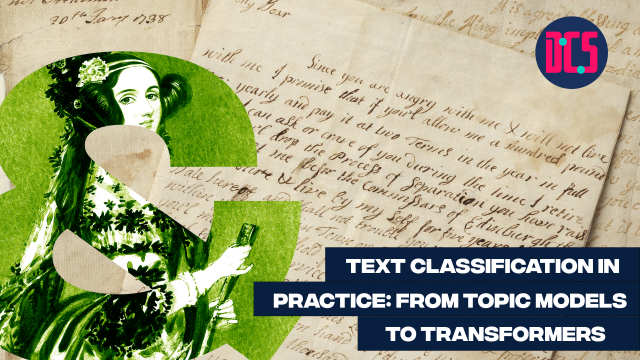Natural Language Processing with SpaCy

Online
This advanced course will introduce students to spaCy, for processing and quantitatively analysing natural language in Python.
SpaCy is a highly powerful and flexible library that offers a range of tools for NLP.
The workshop will focus in particular on the tools spaCy offers for text processing pipelines and language models (e.g. part of speech tagging, named entity recognition, and topic models).
This is an advanced-level workshop. You will need a basic understanding of Python and how to run Python code and some basic knowledge of how text analysis works.
Those who have registered to take part will receive an email with full details and a link to join the session in advance of the start time.
After taking part in this event, you may decide that you need some further help in applying what you have learnt to your research. If so, you can book a Data Surgery meeting with one of our training fellows.
More details about Data Surgeries.
If you’re new to this training event format, or to CDCS training events in general, read more on what to expect from CDCS training. Here you will also find details of our cancellation and no-show policy, which applies to this event.
If you're interested in other training on text analysis, have a look at the following:
- Collecting and Handling Open-Source Data for Text analysis with Natural Language Processing
- Silent Disco: Introduction to Text Analysis
- Natural Language Processing with R
- Digital Method of the Month: Text Analysis
- Advanced Text Analysis: Topic Modelling with Python
- Silent Disco: Sentiment Analysis with Python
- Silent Disco: Interrogating a National Narrative with GPT-2 (large-scale corpus)












